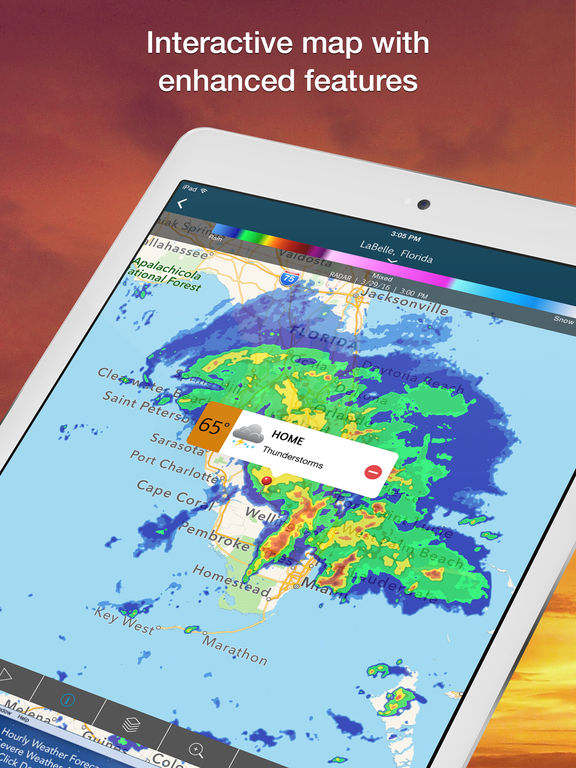

As we’ve seen time and time again, student athletes are far too frequently among those whose lives are seriously impaired or tragically cut short due to lightning strikes. How do you see the severe weather warning alerting technology meeting the requirements as an accurate and reliable solution?Ĭloud-to-ground lightning seriously injures or even kills thousands of people every year around the world. This indicates a need for a more accurate and reliable weather monitoring system to prevent harm to local civilians. Annually, there are estimated to be hundreds of injuries and deaths that occur as a direct result of cloud-to-ground lightning strikes. By using our total lightning data, we track lightning cells in real-time, minute-by-minute and mile-by-mile and can issue alerts when a high frequency of lightning is detected by our network. The sensors’ high-frequency range also increases timing and location accuracy. To accurately locate and tell the difference between cloud-to-ground and in-cloud lightning, the total lightning sensors in our network use time-of-arrival detection and GPS technology to apply sophisticated algorithms on the entire waveform for every stroke. Can you explain how this weather and lightning monitoring system works?ĭifferentiating cloud-to-ground and in-cloud lightning is critical in assessing storm development and the potential for severe weather. Advanced notification of dangerous weather conditions can mean the difference between seeking shelter indoors or remaining in harm’s way. As we have often seen, minutes matter when it comes to severe weather warnings. By tracking in-cloud lightning, we can see critical, early indications of extreme weather and provide faster alerting.

Our lightning network detects total lightning, both in-cloud and cloud-to-ground. We operate the world’s largest weather and total lightning networks. In fact, in-cloud lightning can precede cloud-to-ground flashes by 5–30 minutes. This in-cloud lightning serves as a key indicator of severe weather, including heavy rain, large hail, dangerous cloud-to-ground lightning strikes, tornadoes and downburst winds. While most people know about the danger of cloud-to-ground lightning, the vast majority of lightning takes place in the clouds. Can you discuss the technology and inspiration for this monitoring system? WeatherBug by Earth Networks has been selected for its lightning, detection and severe weather alerting technology at Lee County Public Schools in Fort Myers, Florida. Amena Ali, Chief Marketing Officer (CMO) at Earth Networks – WeatherBug talks to AZoSensors about the WeatherBug Lightning and Severe Weather Warning Systems.


 0 kommentar(er)
0 kommentar(er)
